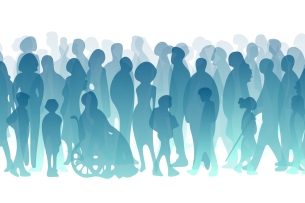Filter & Sort

Why the NIH Cuts Are So Wrong
Christopher Newfield writes that higher ed has a better counternarrative to share.

Ending the Research 1 ‘Arms Race’
The Carnegie classifications now require only two criteria for R-1 status: spend $50 million in annual research and award at least 70 research doctorates a year. A new designation also recognizes smaller colleges conducting research.

No Research About Us Without Us
Research labs benefit if faculty are inclusive of students with disabilities, a group of scholars and students committed to inclusive lab practices write.

$900 Million in Institute of Education Sciences Contracts Axed
The National Center for Education Statistics has been hit hard while researchers say grant review panels have been halted.

‘What’s Going to Happen to Science?’
The U.S. university-federal partnership is a miracle for global scientific progress. It must be protected, Mary Sue Coleman writes.
Citing Trump Order, UNC System Ends DEI Course Requirements

‘Shortsighted’ and ‘Dangerous’: Colleges Warn of Budget Cuts After NIH Slashes Medical Research Funding
Federal officials said the change would save up to $4 billion. College leaders argue the cut will slow advances for millions of patients in need of critical breakthroughs.

Who’s Invisible in the Data?
Chad M. Topaz and Tyrone Bass suggest five steps researchers can take to make more inclusive choices when collecting and analyzing data.
Pagination
Pagination
- 8
- /
- 31